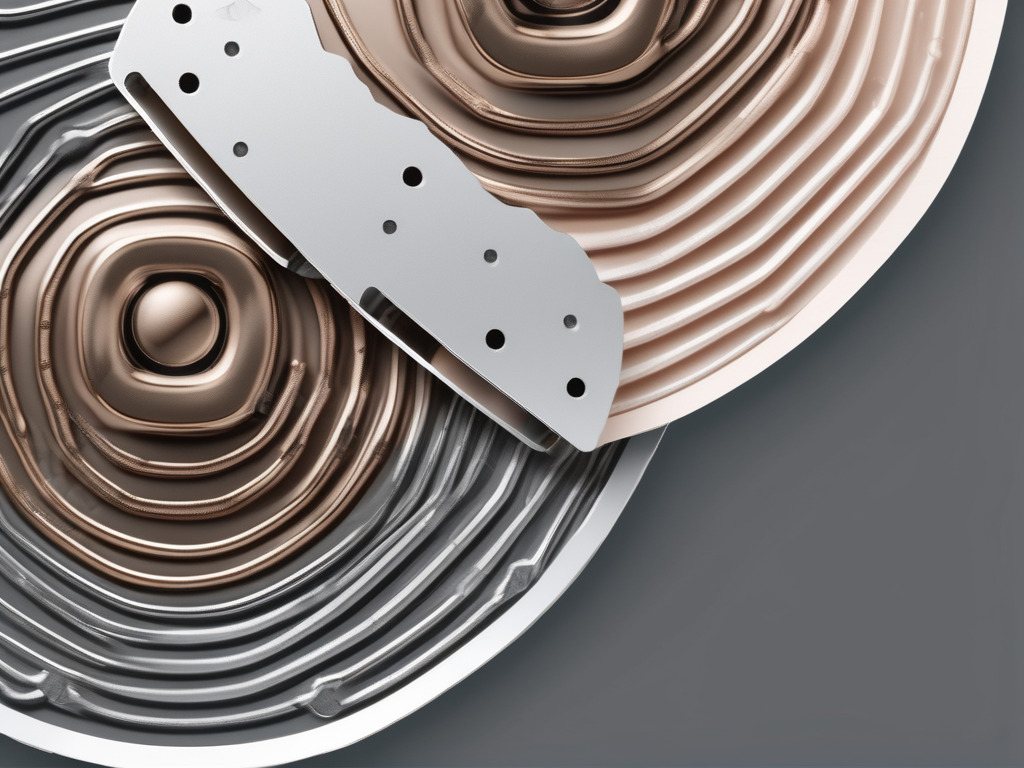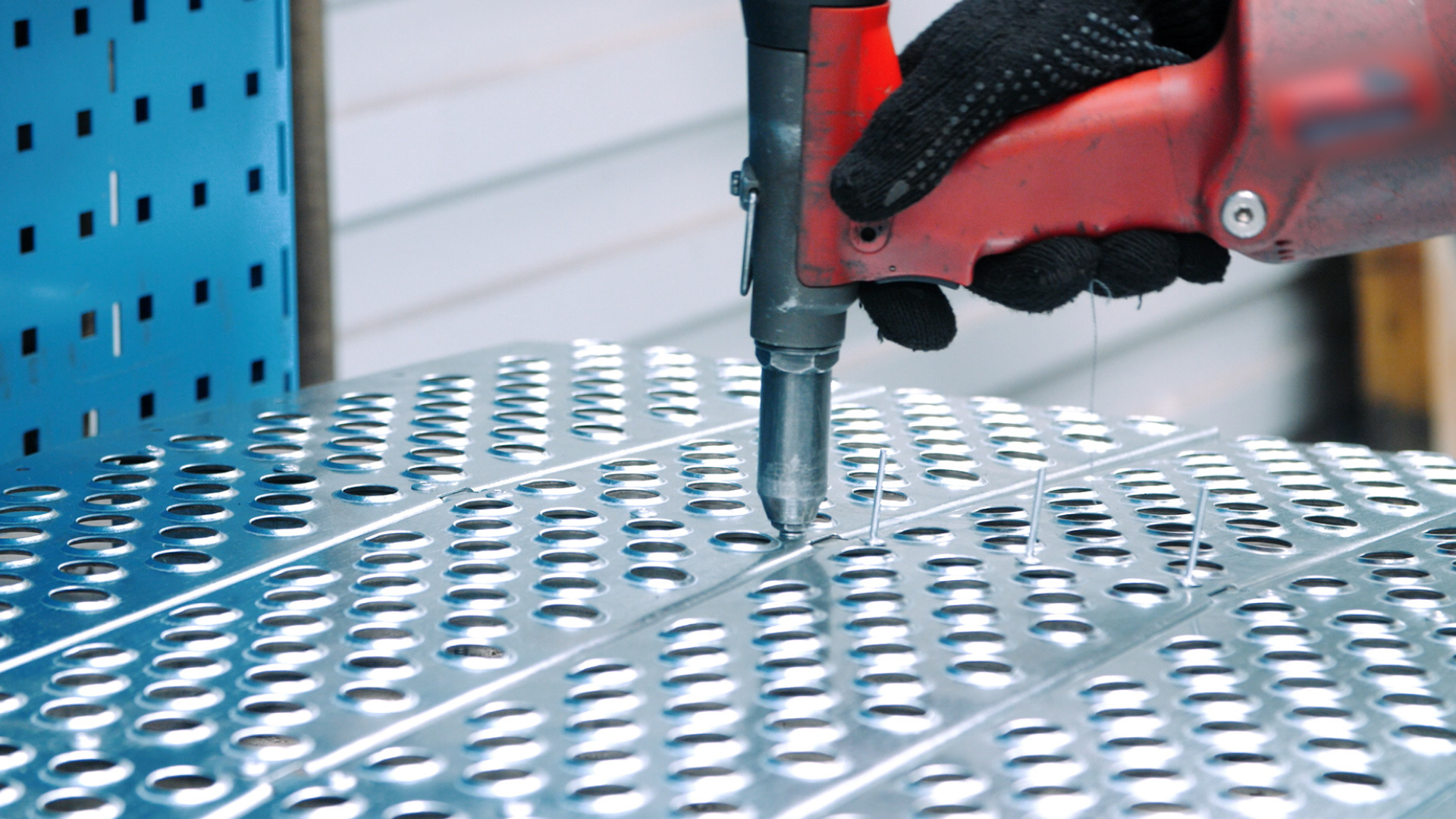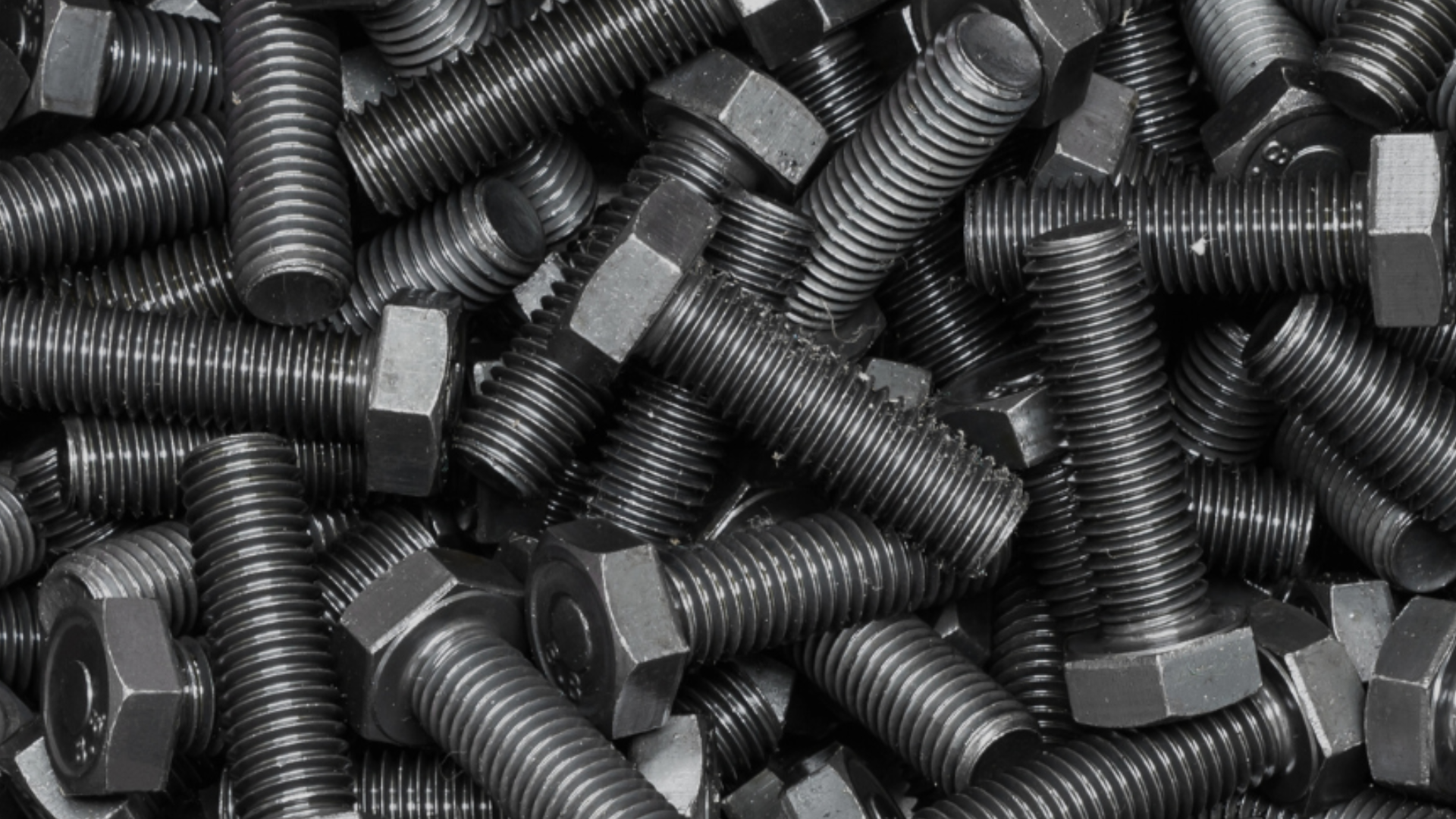Are you in need of custom metal parts for a project or product? Ordering them online can be a convenient and cost-effective solution. In this ultimate guide, we will demystify the process behind custom metal fabrication, explore the different materials available, highlight the benefits of on-demand metal parts, and provide you with a preflight checklist to ensure quality. Whether you’re a hobbyist, inventor, or business owner, this guide will equip you with the knowledge you need to order custom metal parts online with confidence.
Table of Contents
Demystifying Metal Fabrication: The Process Behind Custom Metal Parts
Have you ever wondered how custom metal parts are created? It all begins with the cutting process. One of the most common techniques used is CNC (Computer Numerical Control) cutting, which offers both precision and efficiency. With CNC cutting, a computer-controlled machine precisely cuts your metal parts based on a digital design.
The cutting process is just the first step. Once the metal parts are cut, they often require a finishing touch to ensure they meet your specifications. The perfect finish can enhance the aesthetics, durability, and function of your custom metal parts, making them ready for use in your project or product.
After the cutting process, the metal parts go through a series of steps to achieve the desired finish. One common finishing technique is grinding. Grinding involves using an abrasive wheel to smooth the edges and surfaces of the metal parts. This process not only removes any rough edges but also creates a uniform and polished appearance.
In addition to grinding, another popular finishing method is sandblasting. Sandblasting involves propelling fine particles of sand or other abrasive materials at high speeds onto the metal surface. This technique helps to remove any impurities, scale, or rust, leaving behind a clean and smooth surface. Sandblasting also creates a slightly rough texture, which can be beneficial for certain applications that require better adhesion, such as painting or powder coating.
Once the metal parts have been cut and finished, they may undergo further treatments to enhance their properties. One such treatment is heat treatment. Heat treatment involves subjecting the metal parts to controlled heating and cooling processes to alter their physical and mechanical properties. This can improve the hardness, strength, and ductility of the metal, making it more suitable for specific applications.
Another treatment commonly used in metal fabrication is surface coating. Surface coating involves applying a protective layer onto the metal parts to enhance their resistance to corrosion, wear, and other environmental factors. There are various coating options available, including paint, powder coating, electroplating, and galvanizing. Each coating method offers different benefits and can be chosen based on the specific requirements of the project.
Furthermore, metal parts may also undergo additional processes such as bending, welding, or assembly to achieve the desired shape and functionality. Bending involves using specialized machines to shape the metal parts into specific angles or curves. Welding, on the other hand, joins multiple metal parts together using heat and pressure, creating a strong and seamless bond. Assembly involves combining different metal parts and components to create a final product or structure.
As you can see, the process of creating custom metal parts involves more than just cutting. It requires careful attention to detail, skilled craftsmanship, and the use of various techniques and treatments to achieve the desired outcome. Whether you need custom metal parts for architectural projects, industrial machinery, or artistic creations, understanding the metal fabrication process can help you make informed decisions and ensure the highest quality results.
A World of Options: Materials for Custom Metal Parts
When it comes to custom metal parts, there is no shortage of materials to choose from. Each material has its unique properties, strengths, and limitations. Selecting the right material for your project is crucial to ensure the desired outcome.
Aluminum, stainless steel, and brass are just a few examples of commonly used metals. But how do you know which one is right for your custom metal parts? Consider factors such as strength, corrosion resistance, appearance, and cost to make an informed decision.
To help you further explore the strengths and limitations of different metal alloys, let’s break them down:
- Aluminum: Lightweight, corrosion-resistant, and excellent thermal conductivity.
Aluminum is a versatile metal that offers many advantages for custom metal parts. Its lightweight nature makes it ideal for applications where weight is a concern, such as aerospace and automotive industries. Additionally, aluminum is highly corrosion-resistant, making it suitable for outdoor and marine environments. Its excellent thermal conductivity also makes it a popular choice for heat transfer applications.
However, aluminum does have its limitations. It is not as strong as some other metals, such as steel, and may not be suitable for heavy-duty applications. It is also more prone to scratches and dents compared to other metals.
- Stainless Steel: Highly resistant to corrosion, heat, and chemicals.
Stainless steel is renowned for its exceptional corrosion resistance, making it a top choice for applications where exposure to moisture and chemicals is a concern. It is also highly heat-resistant, making it suitable for high-temperature environments. Stainless steel is known for its durability and strength, making it ideal for heavy-duty applications.
However, stainless steel is heavier than aluminum and may not be suitable for weight-sensitive applications. It can also be more expensive compared to other metals, which may impact the overall cost of your project.
- Brass: Durable, malleable, and provides an attractive appearance.
Brass is a popular choice for custom metal parts due to its unique combination of properties. It is highly durable and resistant to corrosion, making it suitable for various applications. Brass is also a malleable metal, meaning it can be easily shaped and formed into complex designs. Its attractive appearance, with a warm golden hue, adds an aesthetic appeal to finished products.
However, brass is not as strong as steel and may not be suitable for heavy-duty applications that require high strength. It can also tarnish over time, requiring regular maintenance to retain its shine.
On-Demand Metal Parts: Fast and Reliable Solutions
Tight deadlines? On-demand metal parts could be your saving grace. With quick turnaround times, you can have your custom metal parts delivered to your doorstep in no time.
One of the key benefits of on-demand metal parts is the ability to streamline your production process. Instead of waiting for weeks or months for traditional manufacturing methods, on-demand services offer a more efficient solution, ensuring you can meet your project deadlines.
Whether you need a single prototype or a batch of finished products, on-demand metal parts provide a fast and reliable solution.
When it comes to tight deadlines, every minute counts. On-demand metal parts services understand the importance of time and offer quick turnaround times to meet your urgent needs. With their efficient production processes and advanced technologies, they can produce your custom metal parts in record time. This means you don’t have to worry about delays or missed deadlines, giving you peace of mind and allowing you to focus on other aspects of your project.
Not only do on-demand metal parts services offer fast delivery, but they also ensure the highest level of quality. These services employ skilled professionals who are experienced in working with various metals and materials. They have the expertise to produce precise and accurate parts that meet your specifications. With their state-of-the-art equipment and rigorous quality control processes, you can trust that the metal parts you receive will be of the highest quality.
Another advantage of on-demand metal parts is the flexibility they offer. Whether you need a single prototype to test your design or a batch of finished products for production, these services can accommodate your requirements. They have the capability to handle both small and large orders, ensuring that you get the exact number of parts you need, when you need them. This flexibility allows you to adapt to changes in demand or make adjustments to your designs without any hassle.
Furthermore, on-demand metal parts services provide a cost-effective solution. Traditional manufacturing methods often involve high setup costs and minimum order quantities, making it expensive for small-scale projects. On the other hand, on-demand services eliminate the need for tooling and have no minimum order requirements. This means you can get your custom metal parts at a fraction of the cost, saving you money and allowing you to allocate your budget to other areas of your project.
With on-demand metal parts, you can also take advantage of the latest advancements in technology. These services stay up-to-date with the latest trends and innovations in the industry, ensuring that you benefit from the most advanced manufacturing techniques. From 3D printing to CNC machining, they have the capabilities to produce complex and intricate metal parts with ease. By leveraging these cutting-edge technologies, you can achieve the desired functionality and aesthetics for your products.
In conclusion, on-demand metal parts offer fast and reliable solutions for your manufacturing needs. With their quick turnaround times, high-quality production, flexibility, cost-effectiveness, and utilization of advanced technologies, these services provide a comprehensive package to meet your requirements. Whether you are a small business or a large corporation, on-demand metal parts can help you streamline your production process and meet your project deadlines with ease.
Ensuring Quality: The Preflight Checklist for Custom Metal Parts
Before your custom metal parts go into production, it’s crucial to perform a thorough preflight inspection. This checklist will help you double-check for precision and avoid costly mistakes.
Here are some key steps to include in your preflight inspection process:
- Verify the accuracy of the digital design and its compatibility with the chosen manufacturing process.
- Ensure the measurements of your custom metal parts are correct, paying particular attention to tolerances.
- Check for any potential issues or flaws in the design that could affect the quality or functionality of the final product.
- Review the chosen material and finish, confirming they align with your project requirements.
- Consider the manufacturing capabilities and limitations, making necessary adjustments if needed.
By following this preflight checklist, you can significantly reduce the risk of errors and ensure that your custom metal parts meet your expectations.
With this ultimate guide, you now have the knowledge and confidence to order custom metal parts online. From understanding the metal fabrication process to selecting the right materials and ensuring quality, you are equipped to make informed decisions and achieve the results you desire. So go ahead, bring your ideas to life with custom metal parts ordered conveniently online!



